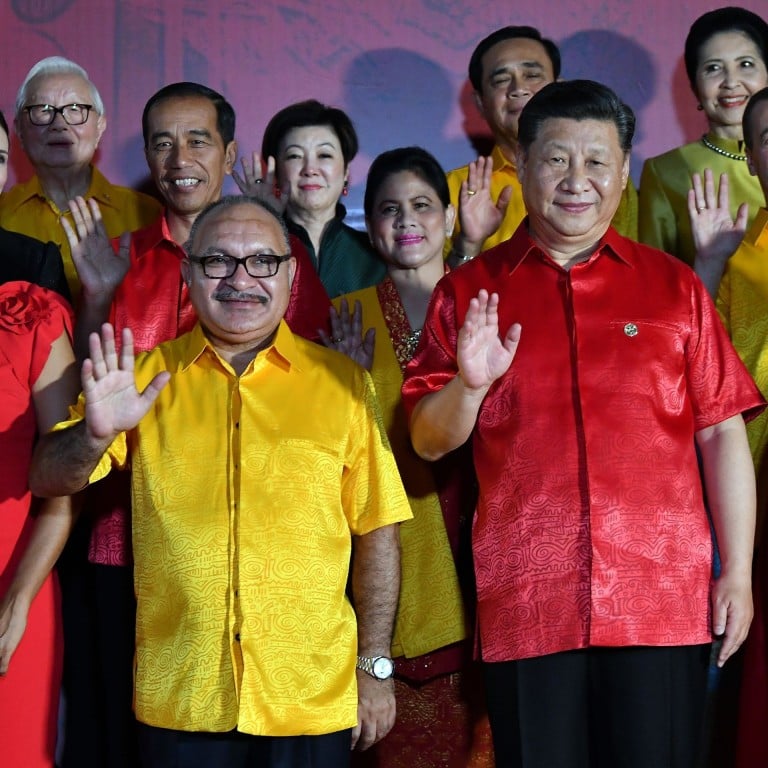
Explainer | Explained: Asia-Pacific Economic Cooperation (Apec)
- Apec promotes economic growth and cooperation as well as free trade in the Pacific Rim
- Its members are referred to as economies, not states, so delegates from China, Hong Kong and Taiwan can all participate in the annual summit
The Asia-Pacific Economic Cooperation (Apec) is a forum that promotes economic growth, cooperation, and trade and investment liberalisation in the Pacific Rim.
Its 21 member economies are home to around 2.9 billion people, and account for 47 per cent of global trade and 60 per cent of world GDP.
The founding members of Apec were Australia, Brunei, Canada, Indonesia, Japan, South Korea, Malaysia, New Zealand, the Philippines, Singapore, Thailand and the United States.
Apec members are referred to as economies, not states, so delegates from China, Hong Kong and Taiwan can simultaneously participate in the annual summit.
What are its goals?
Apec was established in November 1989 in response to the growing interdependence of Asia-Pacific economies.
The Bogor Goals, set in Indonesia in 1994, are Apec’s commitment to achieve free and open trade and investment in the Asia-Pacific by 2020.
Every two years, Apec member economies are required to submit individual action plans that report on their progress towards achieving the Bogor Goals, based on the framework provided by the forum’s 1995 Osaka Action Agenda.
In 2014, Apec leaders launched a road map to implement a Free Trade Area of the Asia-Pacific (FTAAP), a free-trade agreement that would cover all economies belonging to the forum.
The proposed Trans-Pacific Partnership (TPP) and Regional Comprehensive Economic Partnership (RCEP) are seen as precursors to the FTAAP. Progress towards realising the FTAAP has been complicated by the US’ withdrawal from the TPP.
What have been its major achievements?
Since its inception, Apec has substantially reduced tariffs and improved the ease and speed of trade in the Asia-Pacific.
Average tariffs fell from 16.9 per cent in 1989 to 5.3 per cent in 2017, according to Apec’s 2018 Bogor Goals progress report.
The Ease of Doing Business action plan, launched in 2009, made it easier to start a new business and obtain a construction permit in the Asia-Pacific.
The Cross-border Privacy Enforcement Arrangement was established a year later, creating a framework for information sharing and cooperation in the enforcement of privacy laws.
In 2012, Apec members agreed to cap tariffs on 54 environmentally friendly goods – such as solar panels, wind turbines and air pollution control equipment – to combat climate change.
The Apec Business Travel Card (ABTC) allows pre-approved business travellers and senior government officials to enter 19 Apec economies without a visa. ABTC holders are given fast-track entry and exit through special Apec lanes at participating airports.
What are its limitations?
Apec is a consensus-based organisation in which commitments are undertaken on a voluntary basis. Unlike the World Trade Organisation or other multilateral trade bodies, Apec has no legally binding treaty obligations.
Critics argue that Apec’s agenda at summit meetings has become more broad and less relevant to its core goals of reducing barriers to trade and investment.
New competitors – such as Asean Plus Three (China, Japan and South Korea) and the annual East Asia Summit – also call into question Apec’s relevance in global governance.

